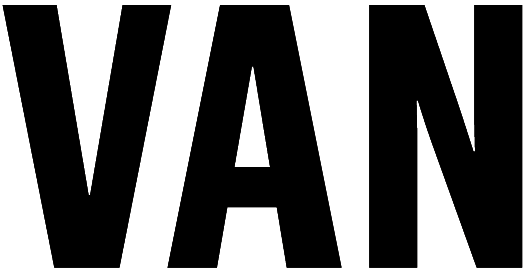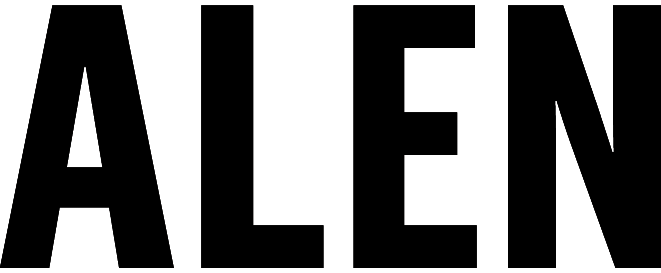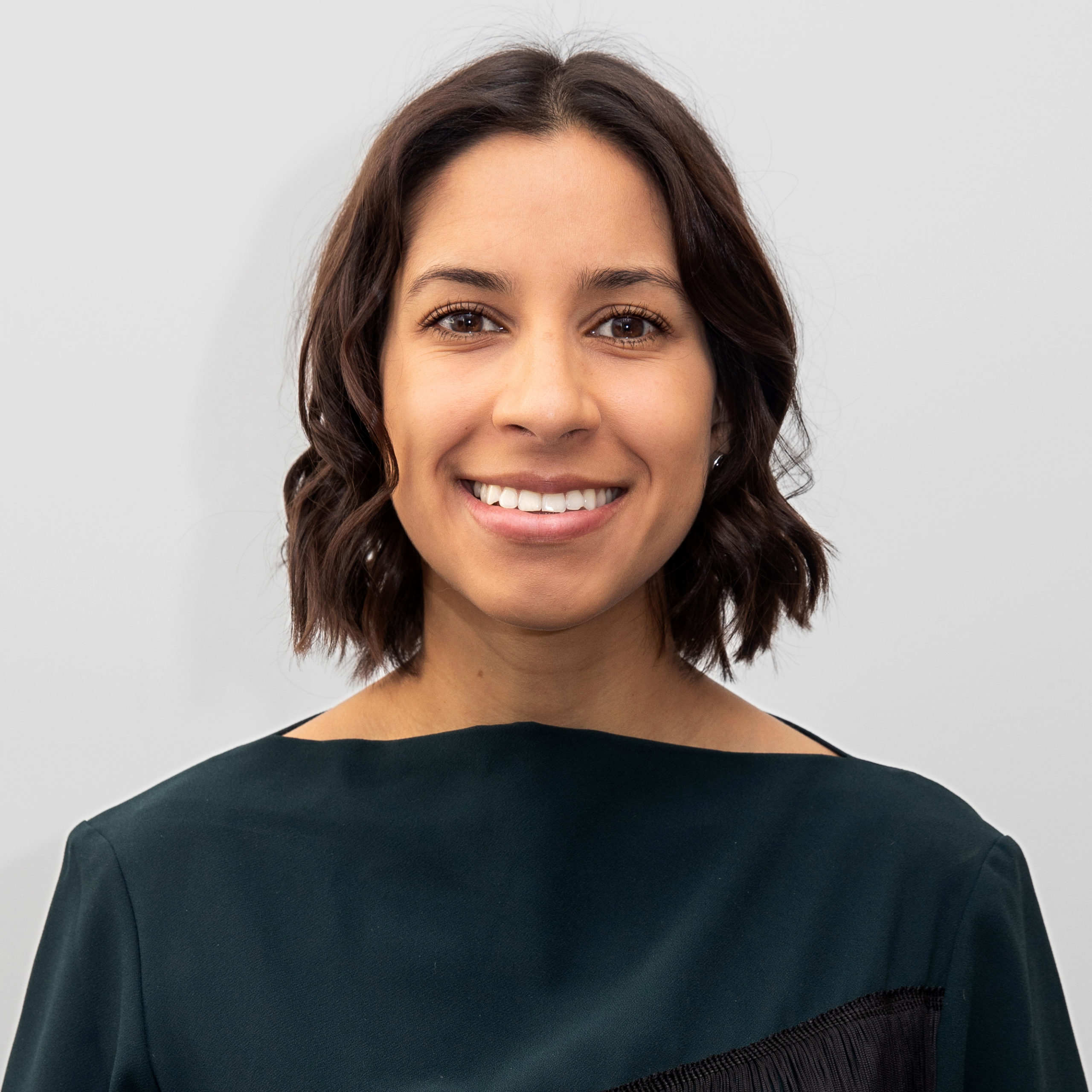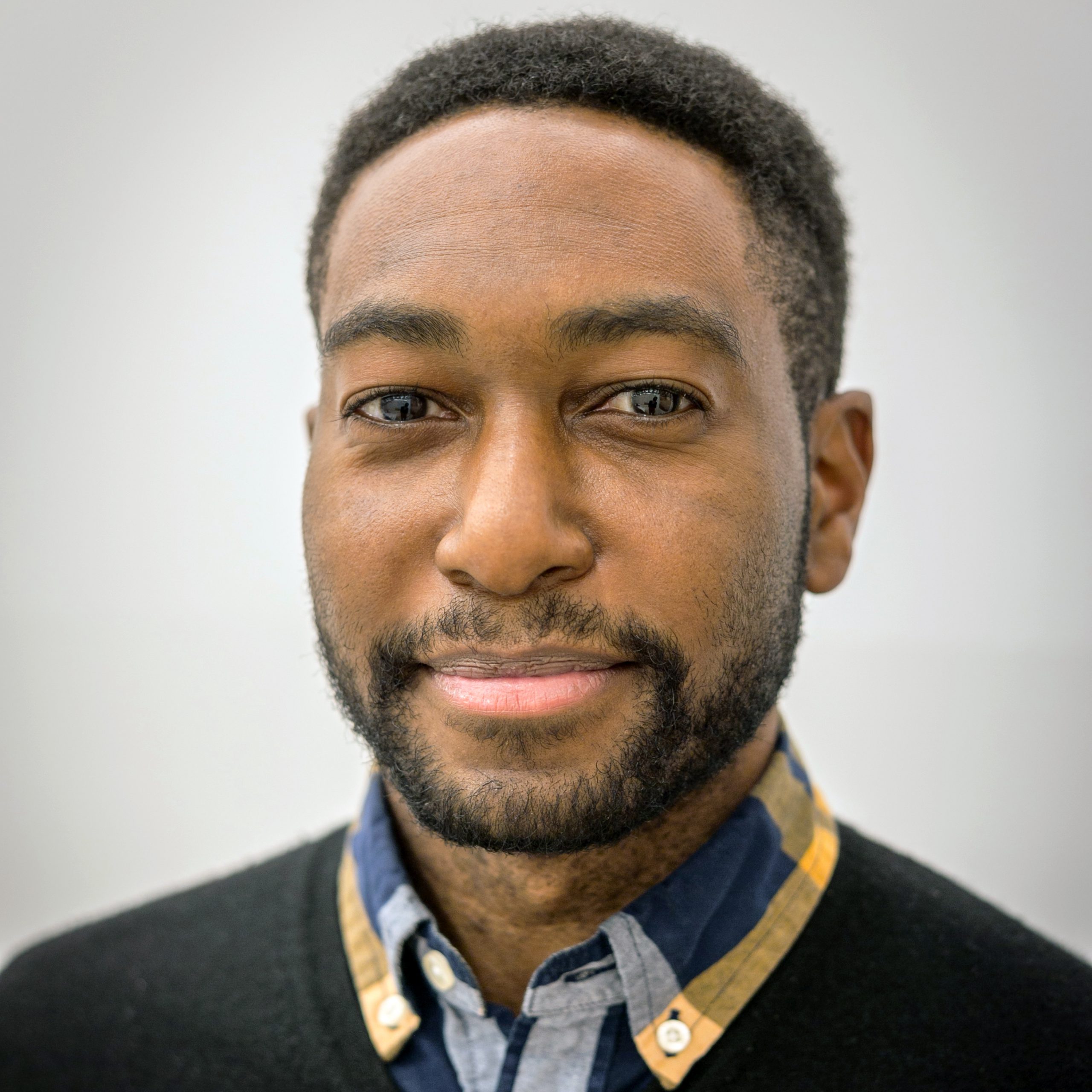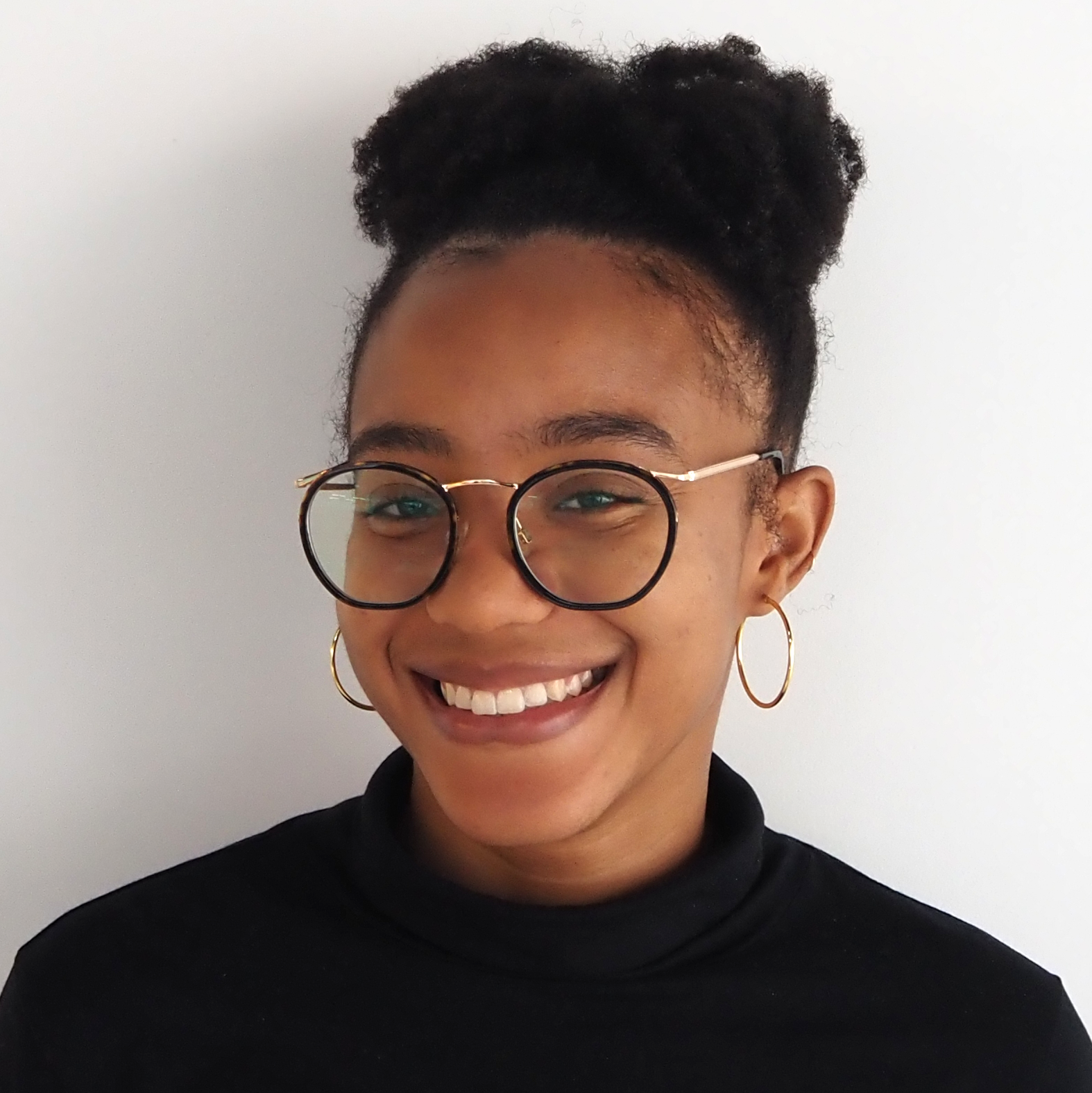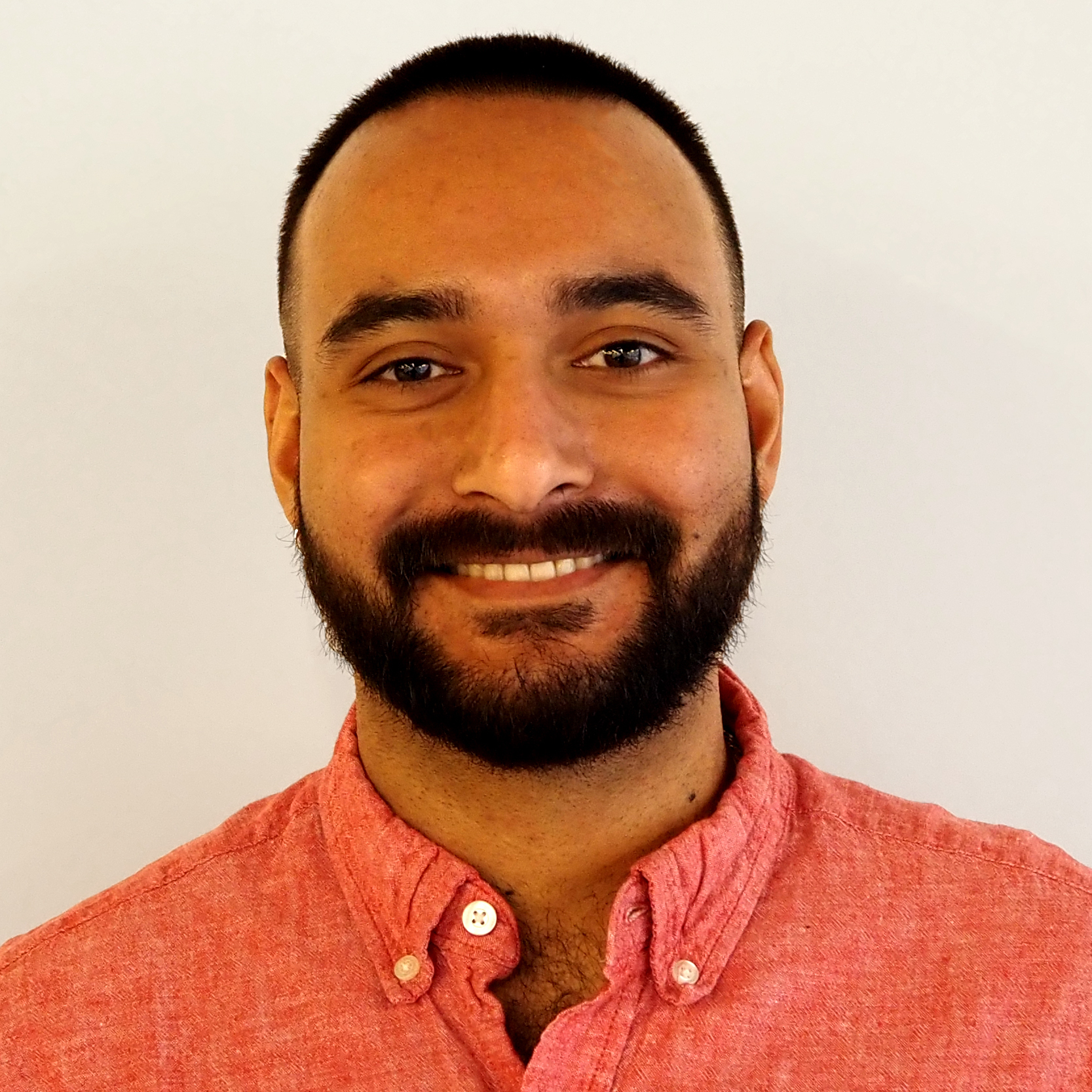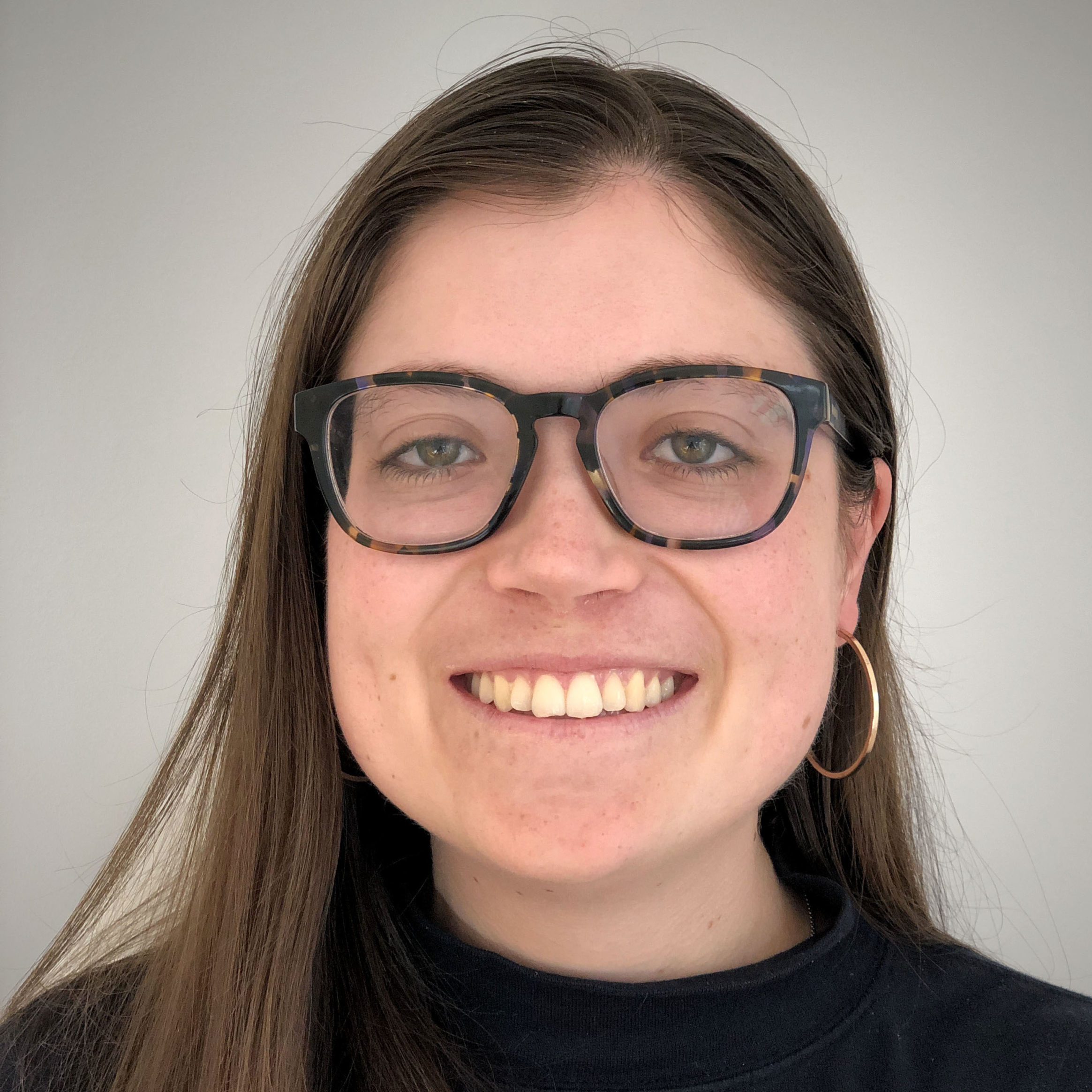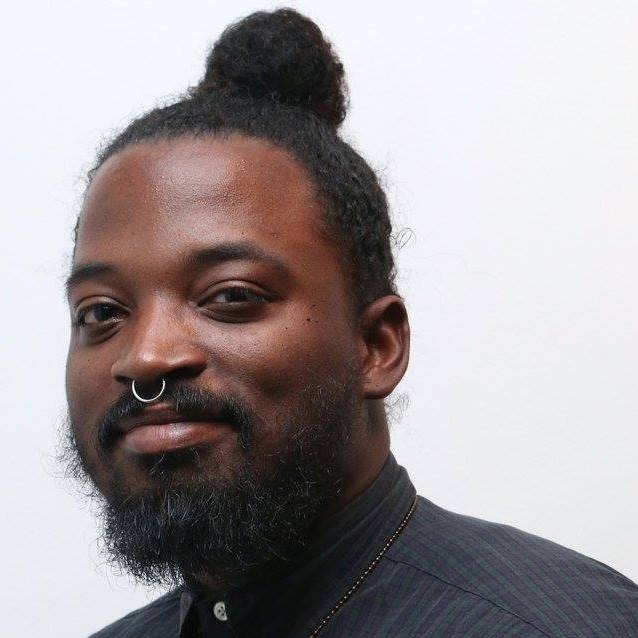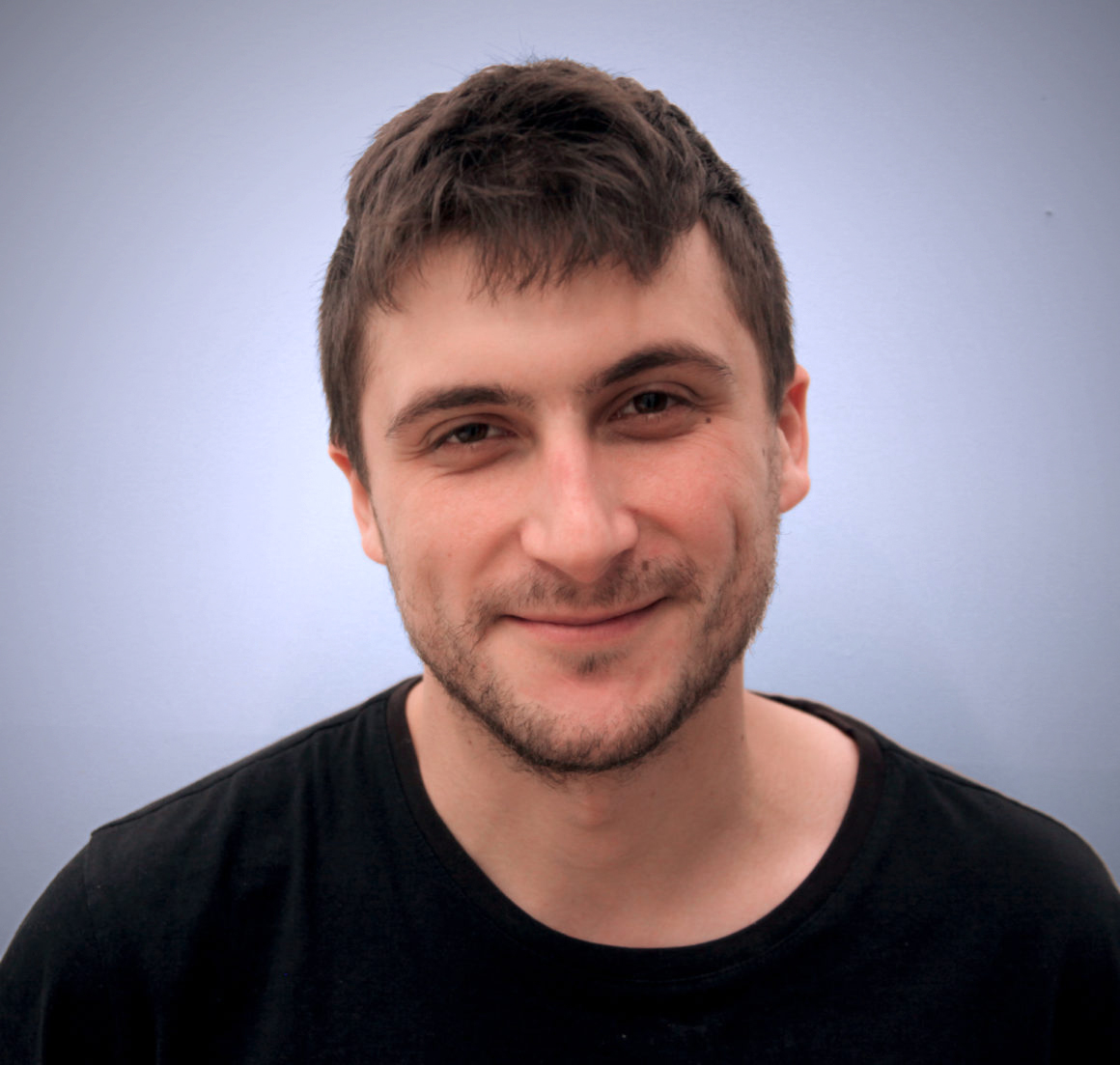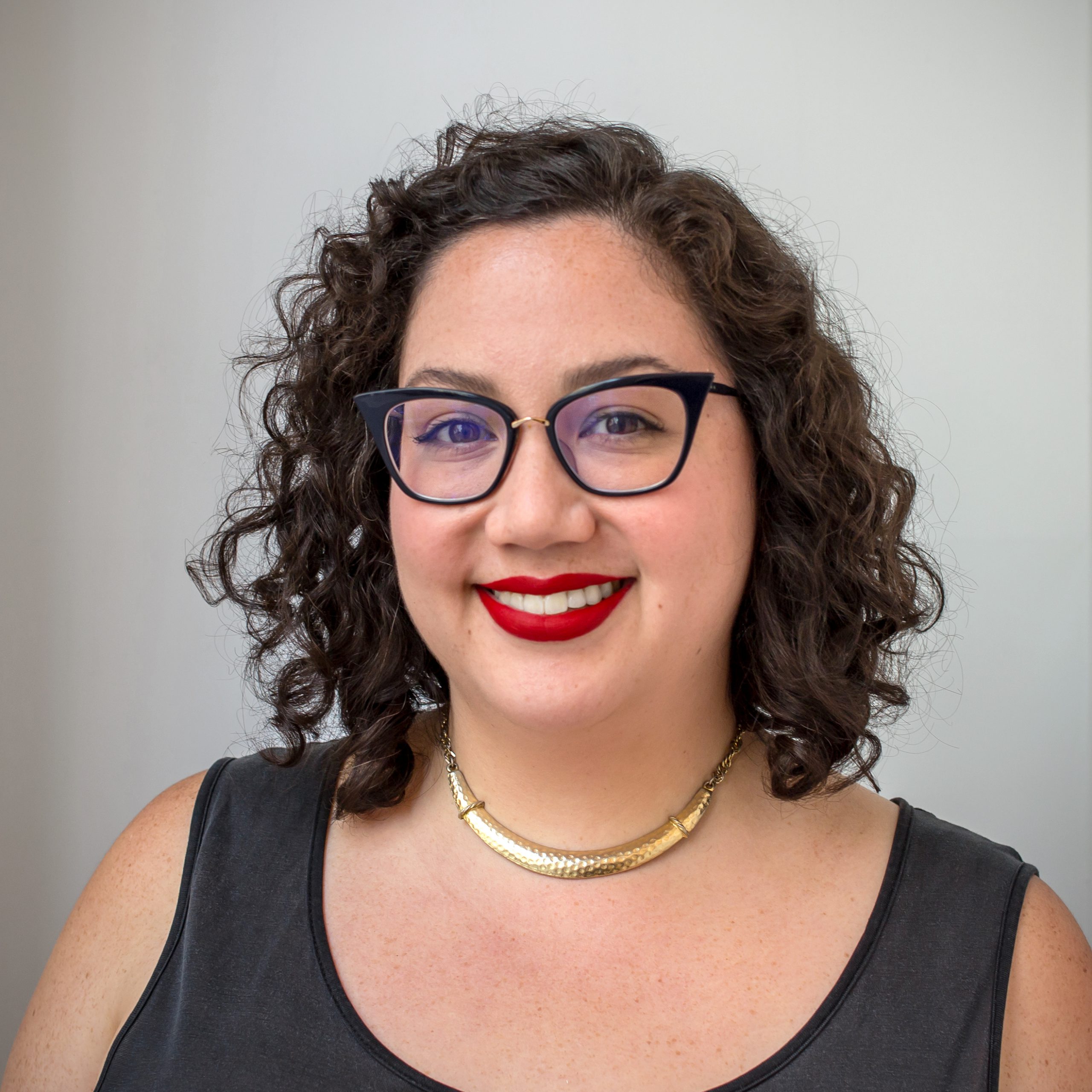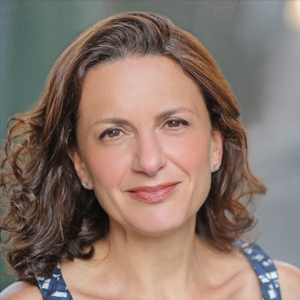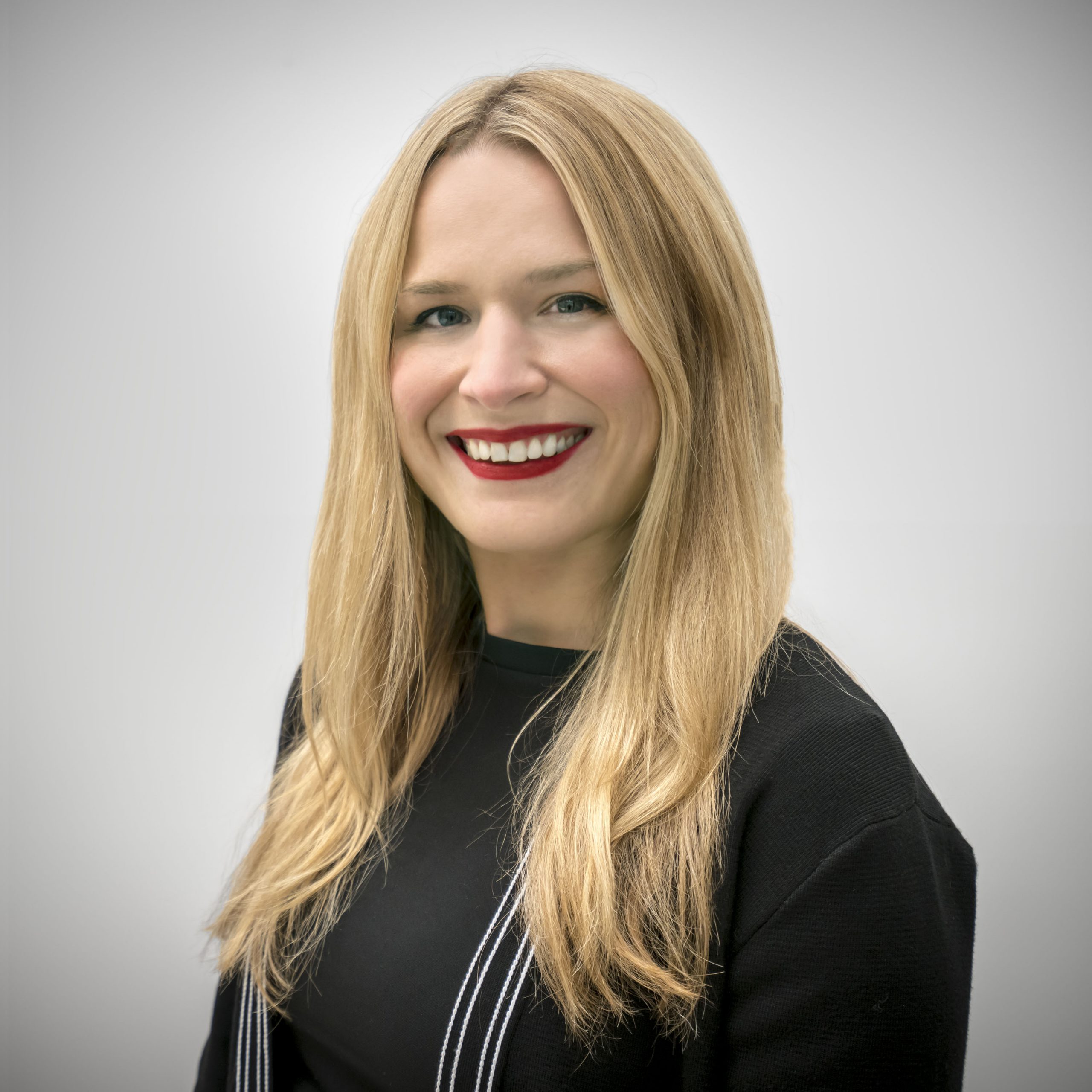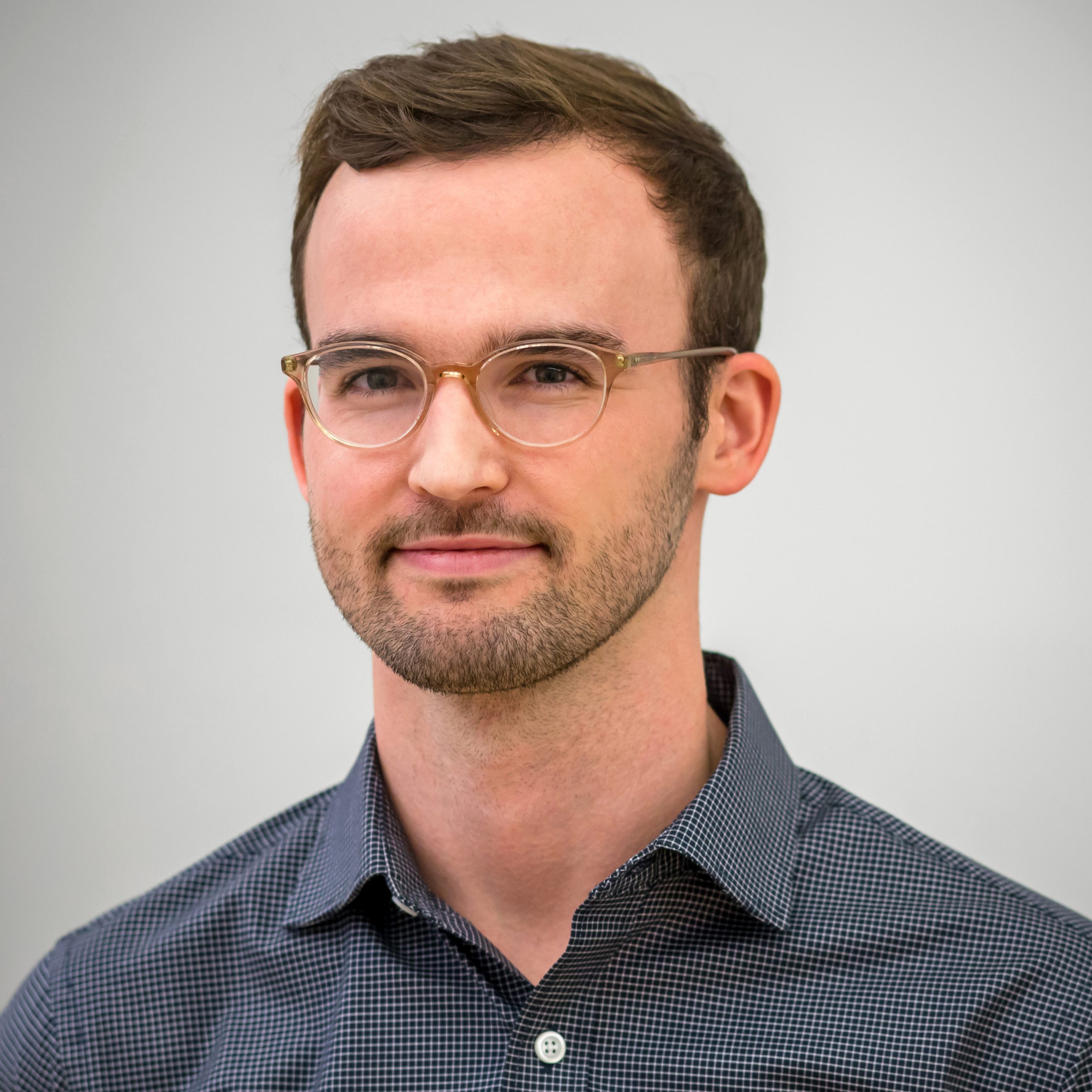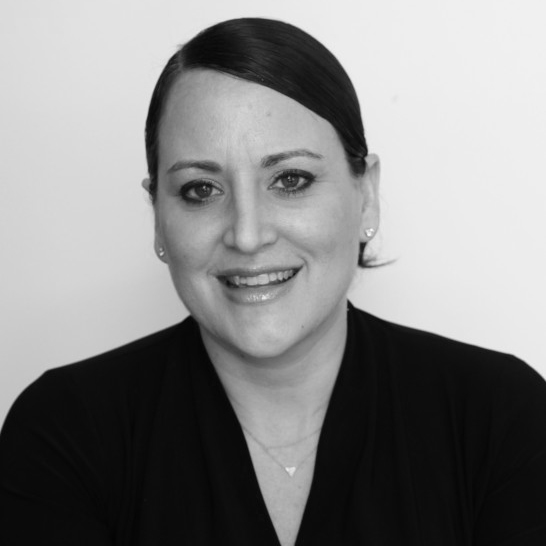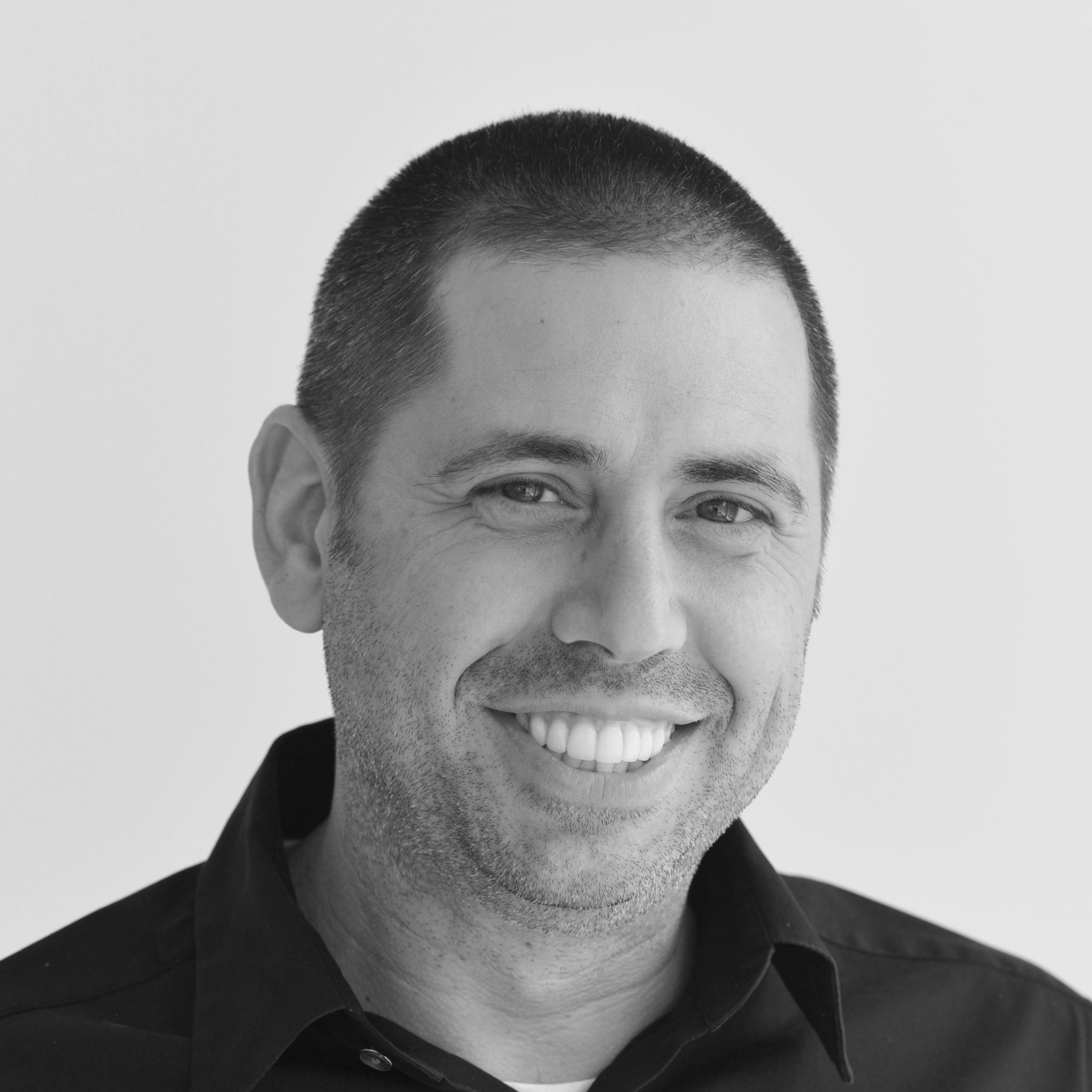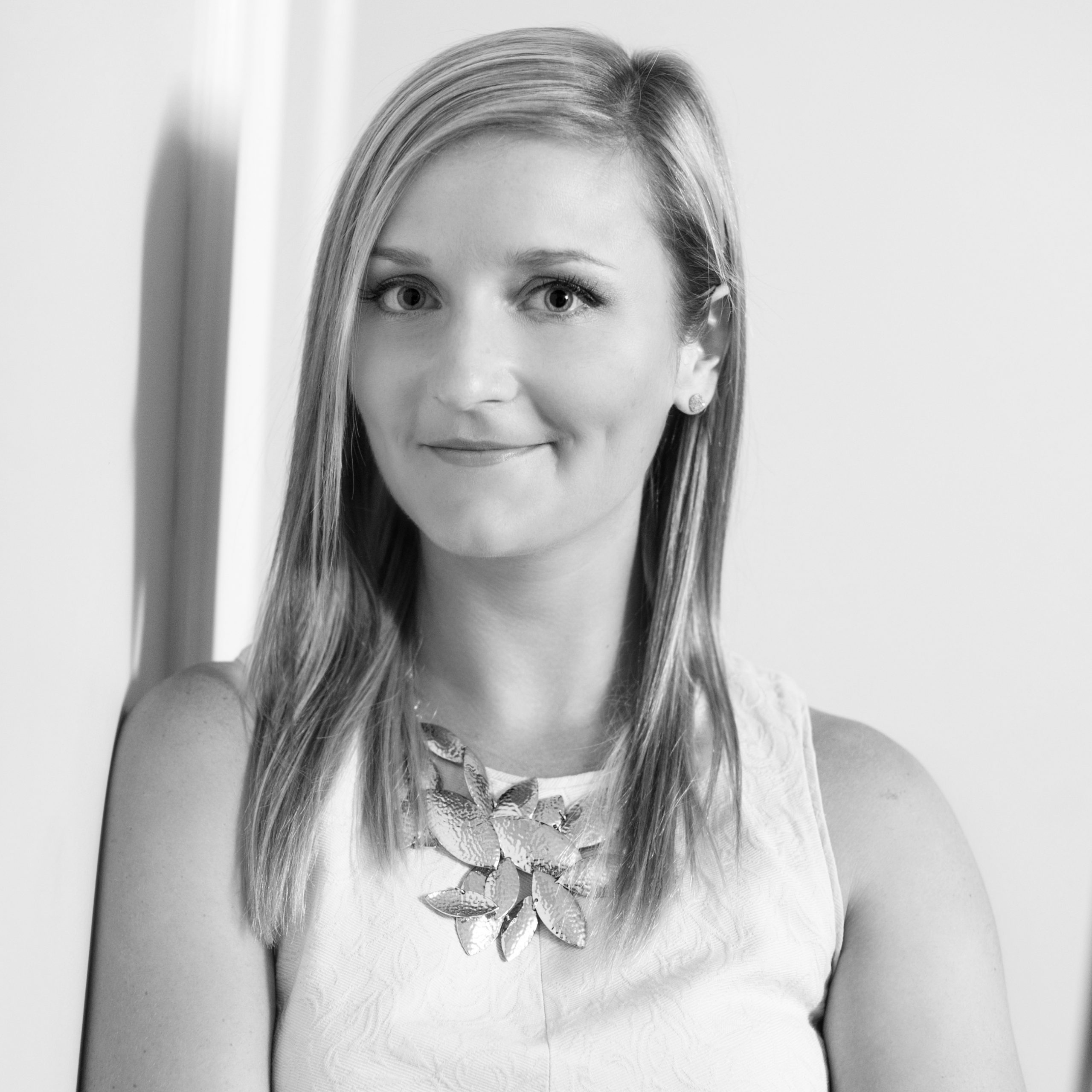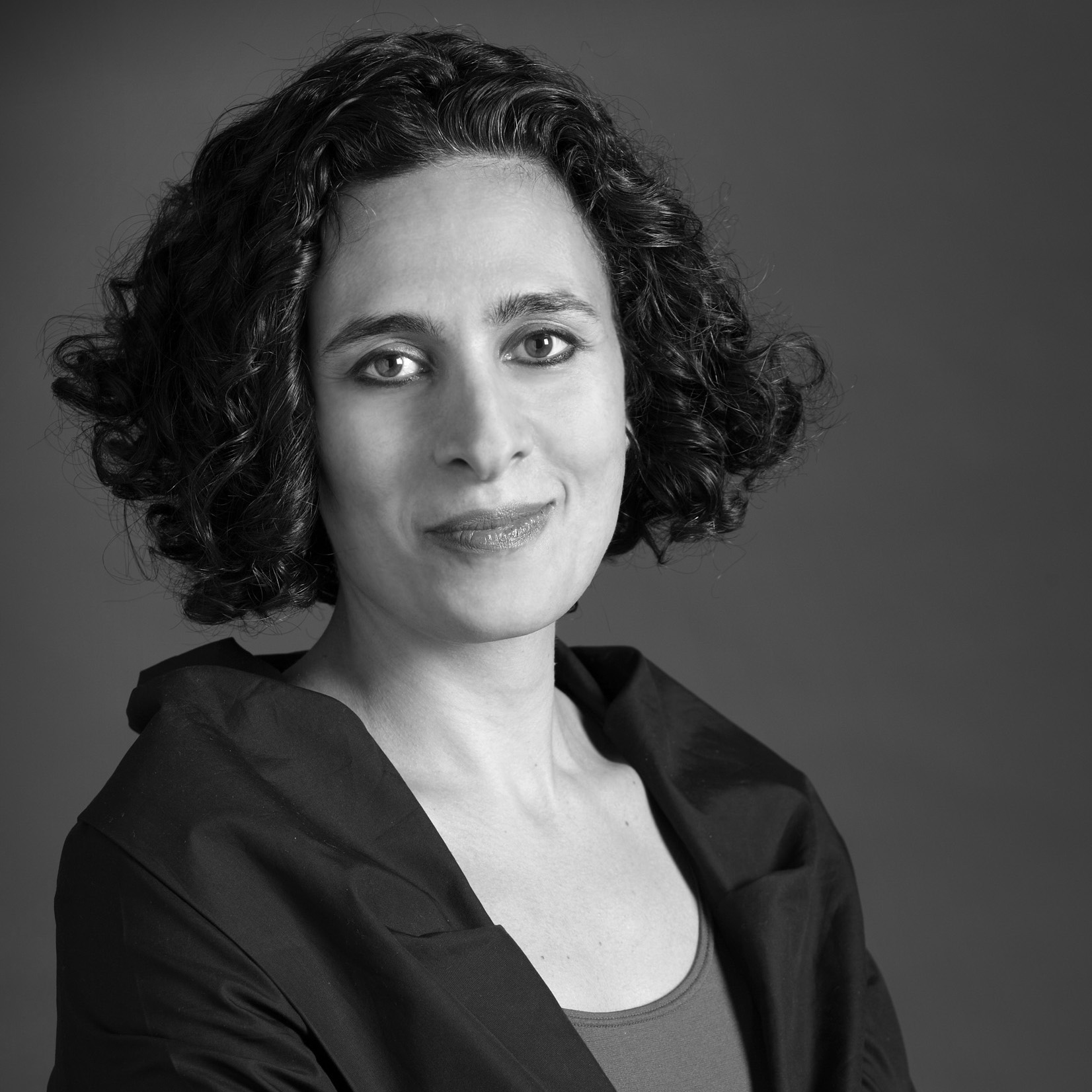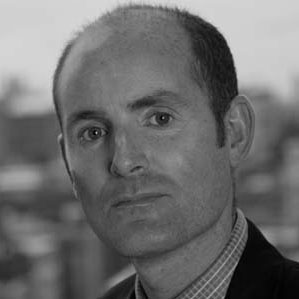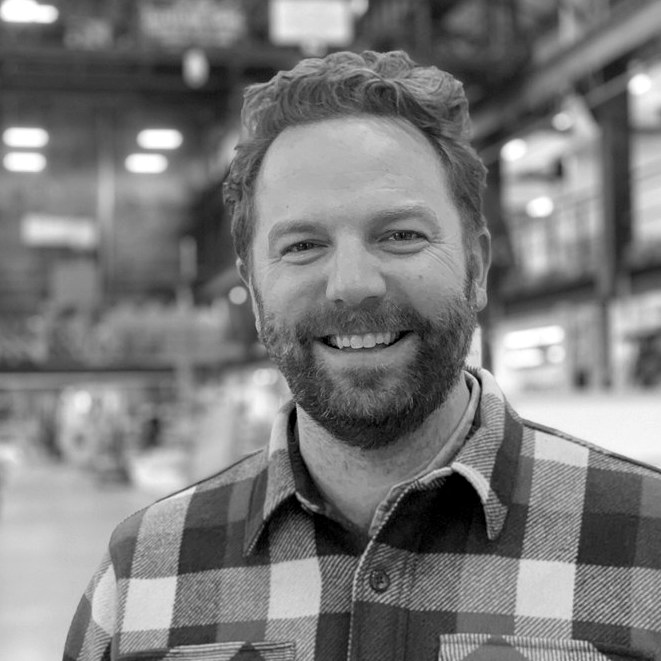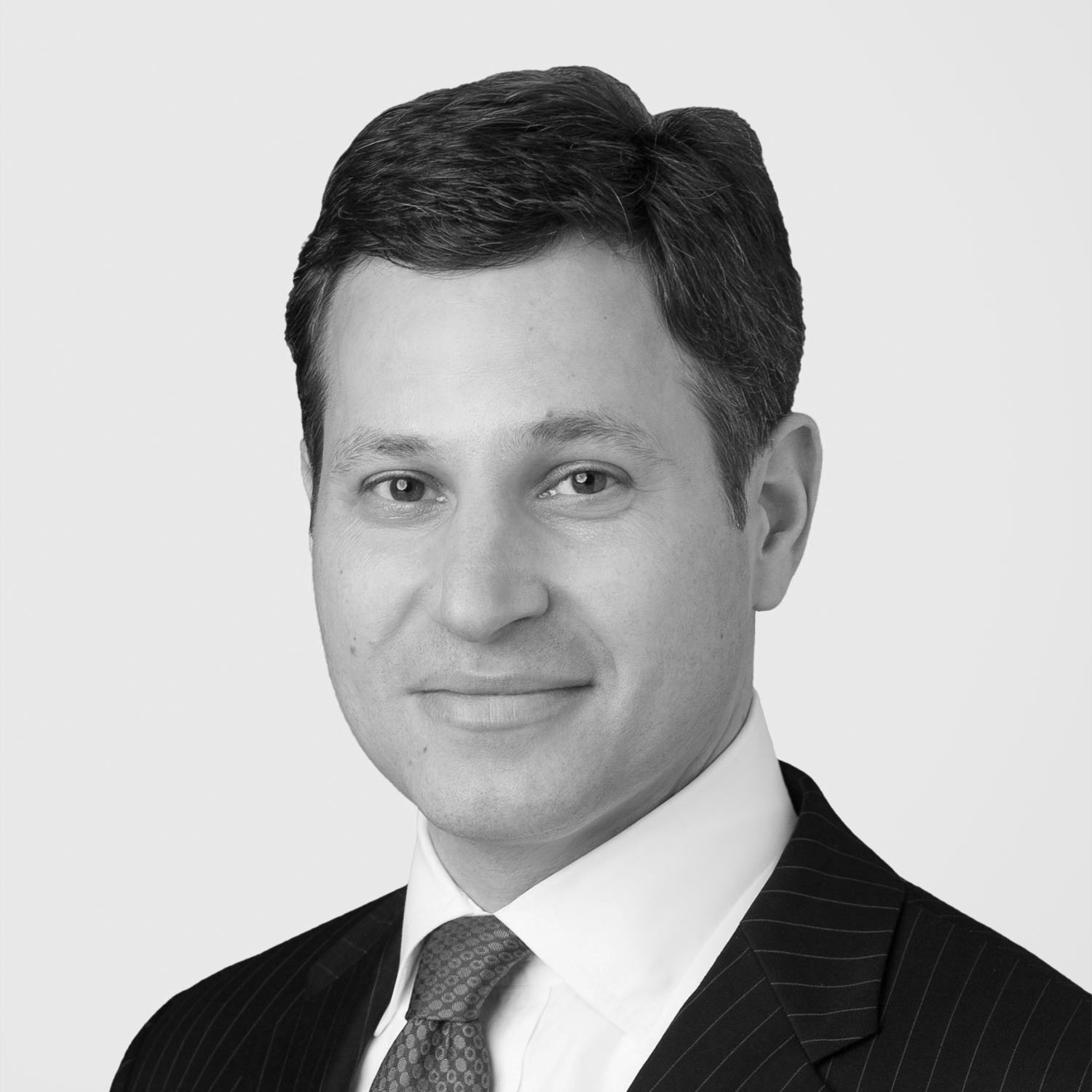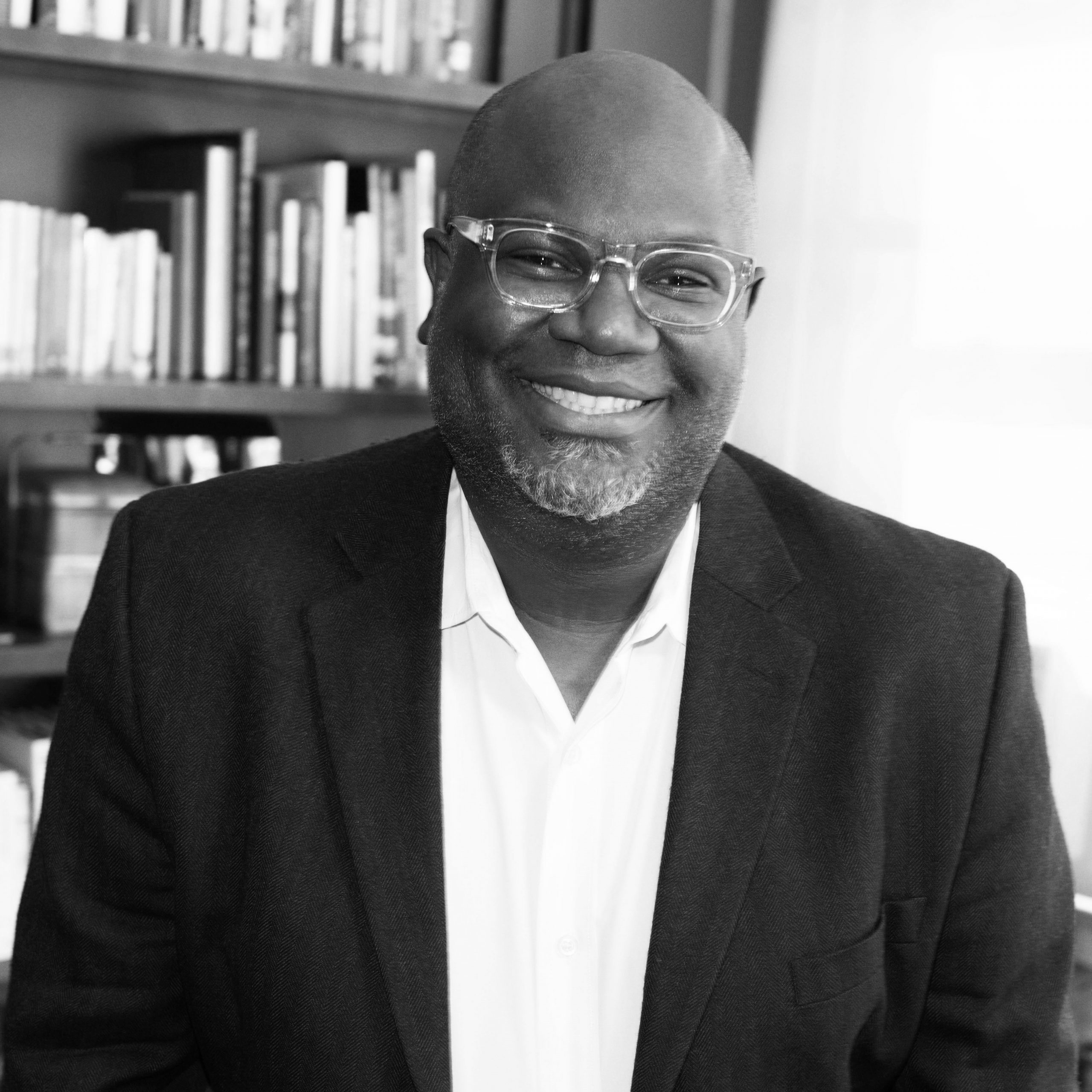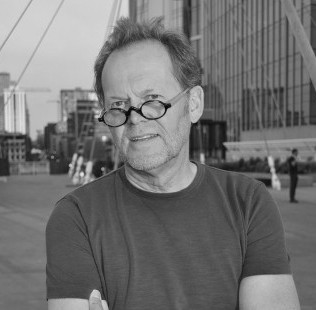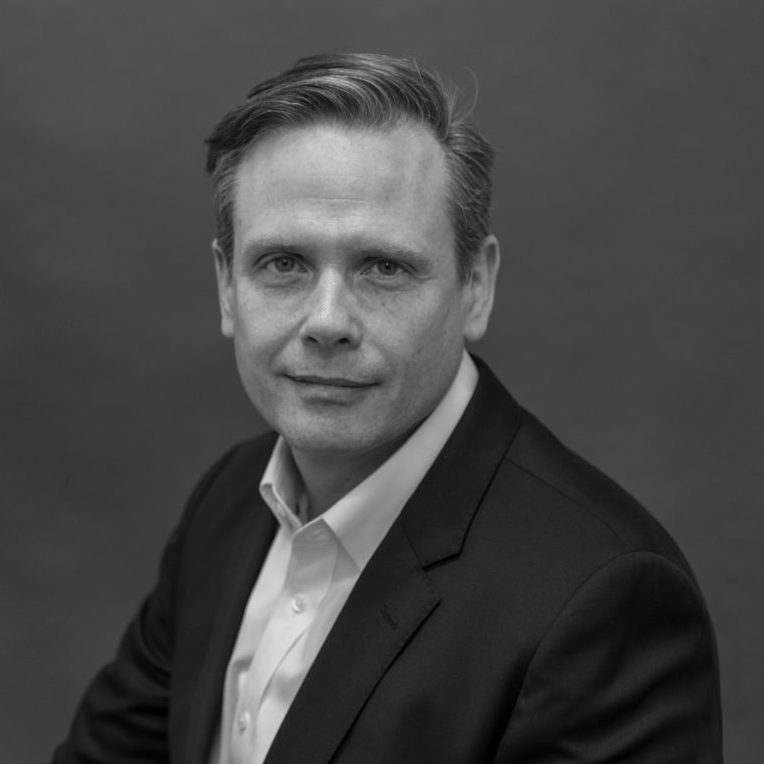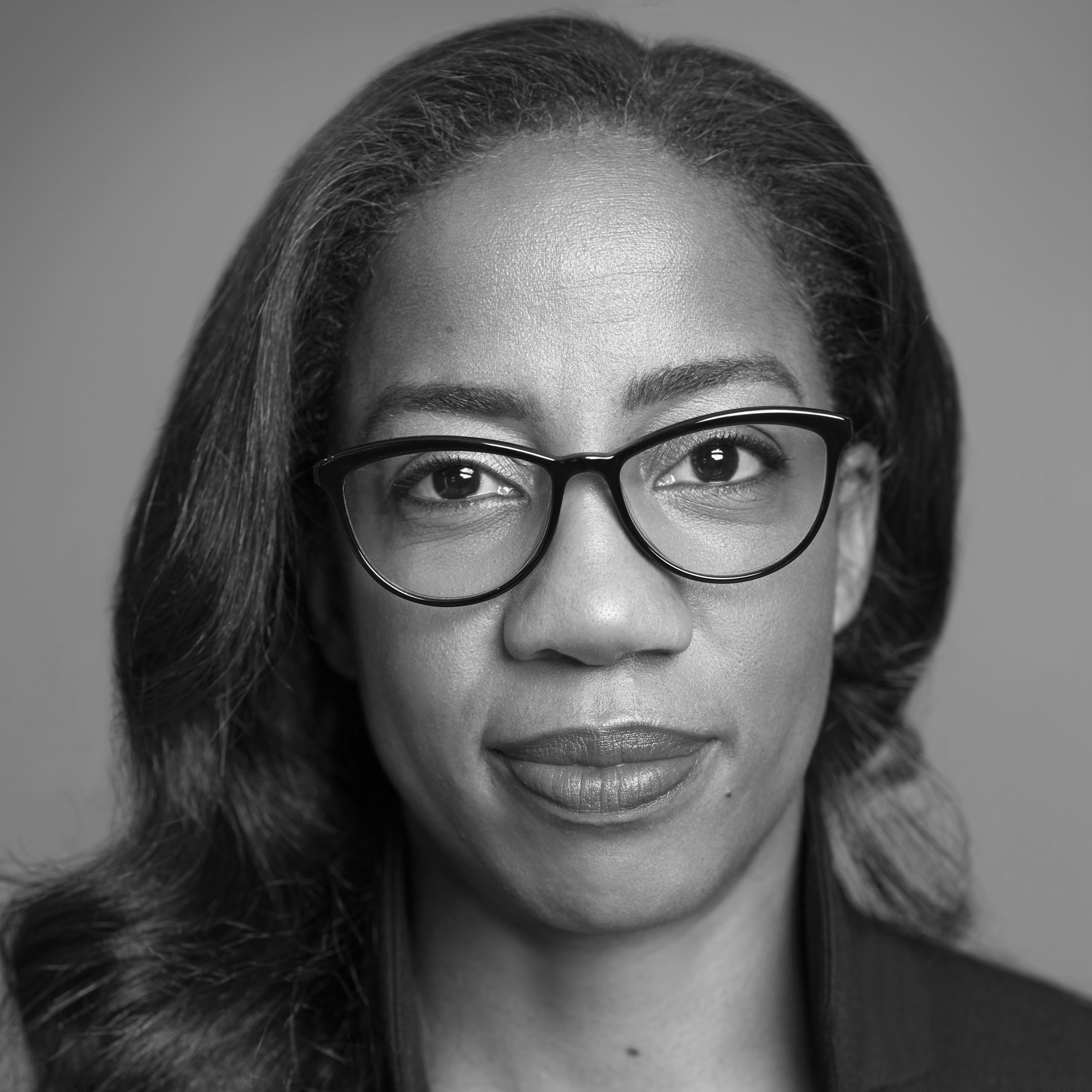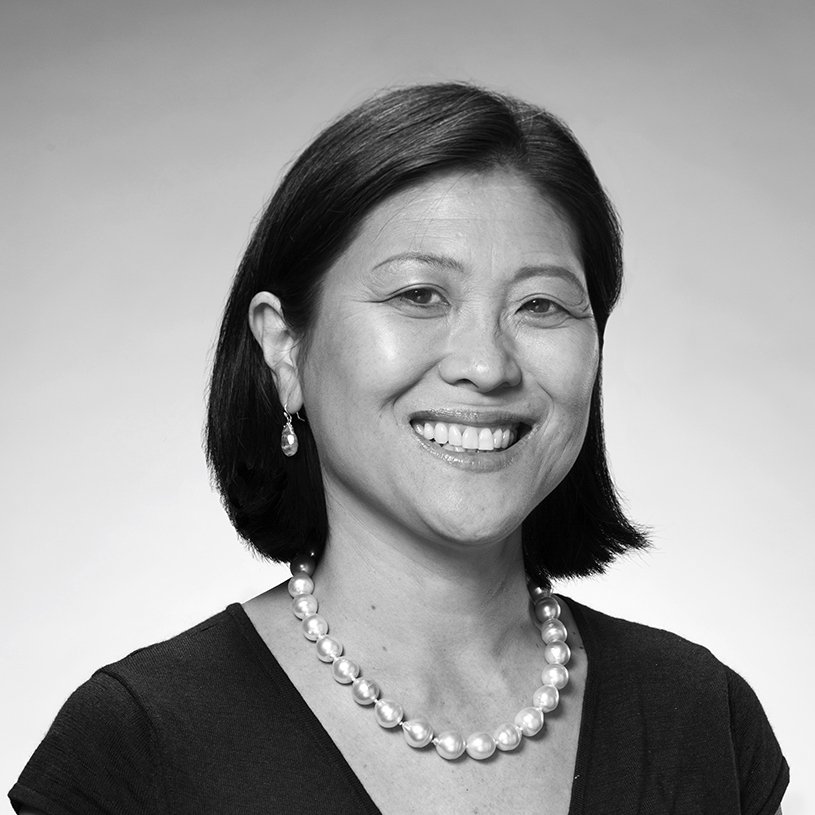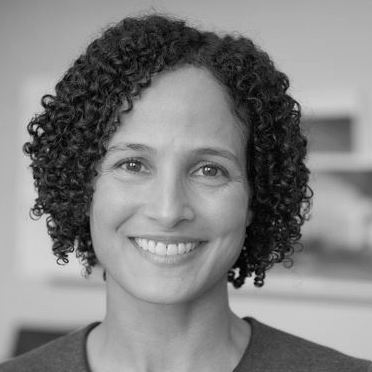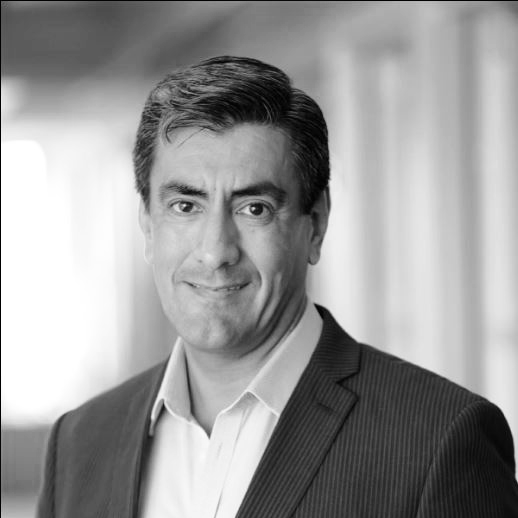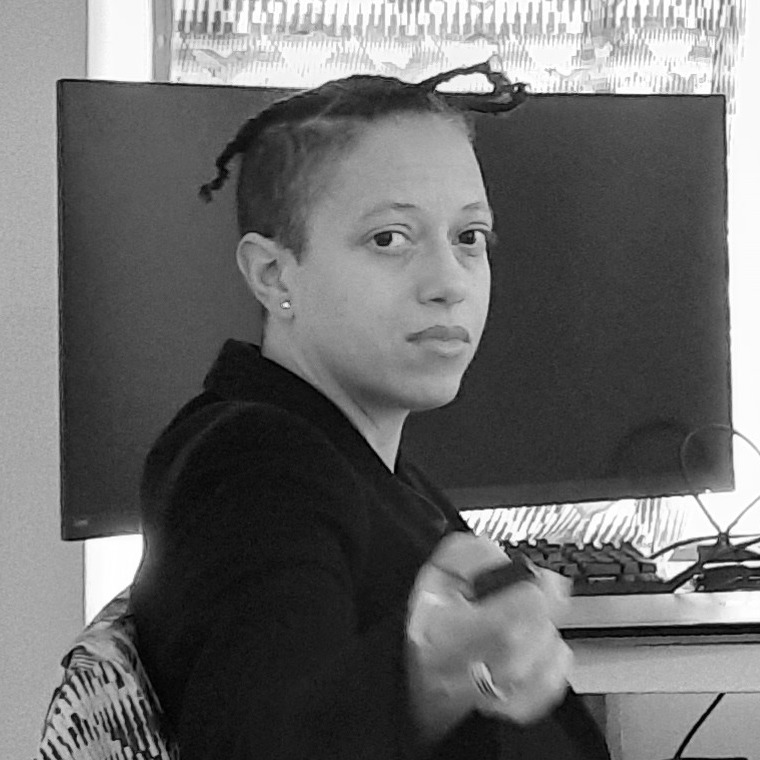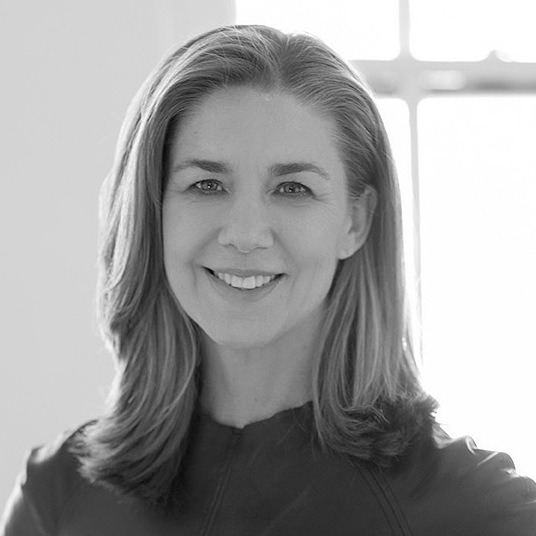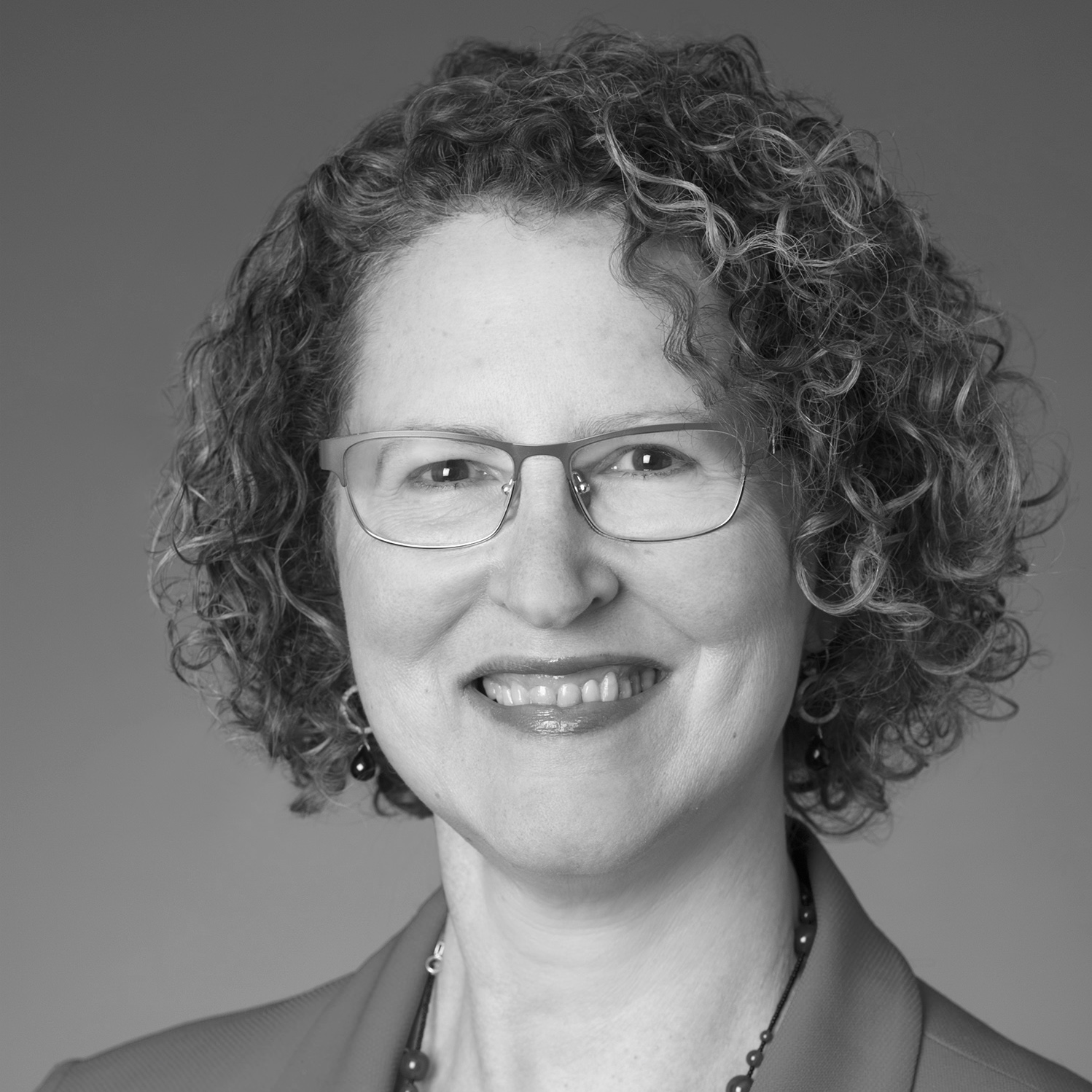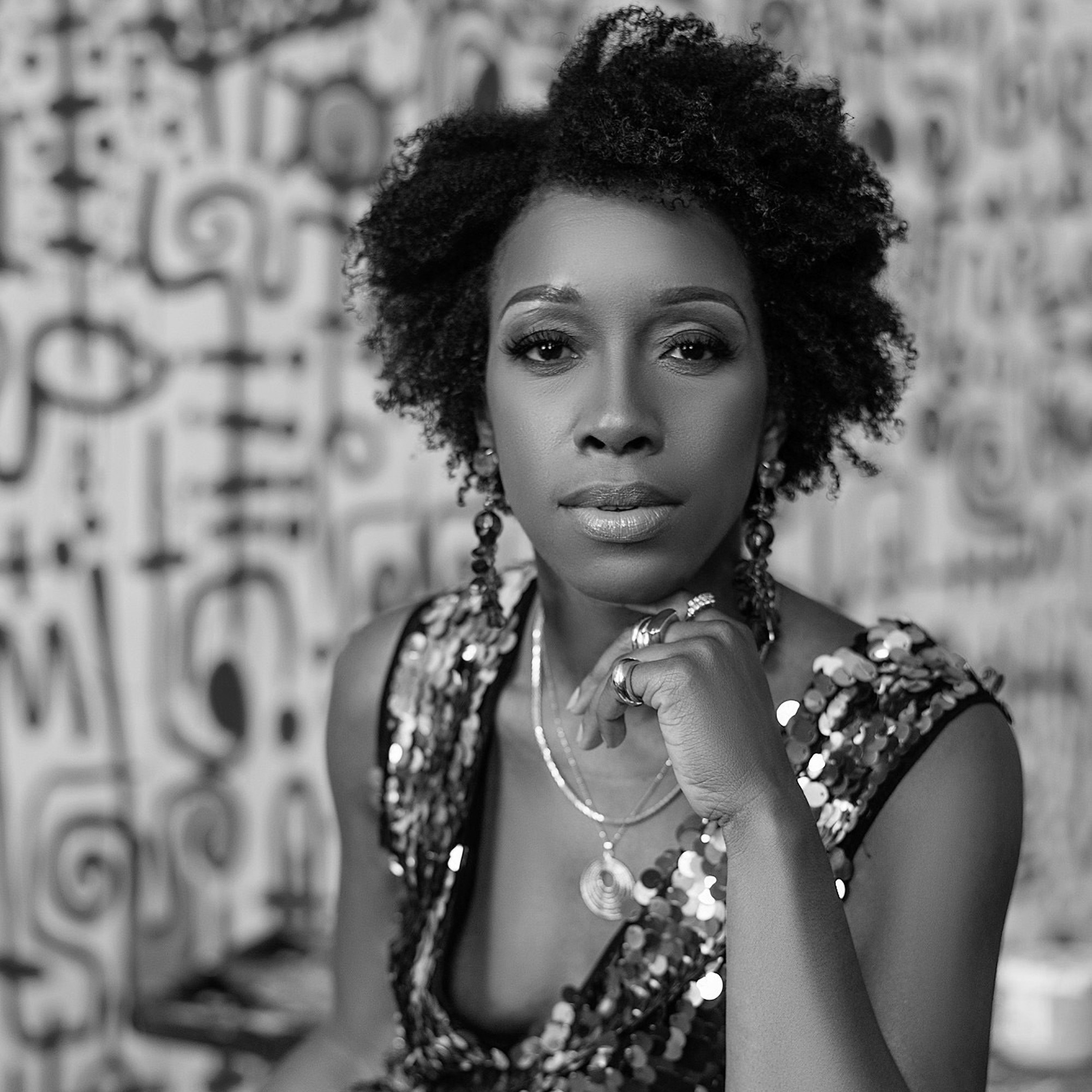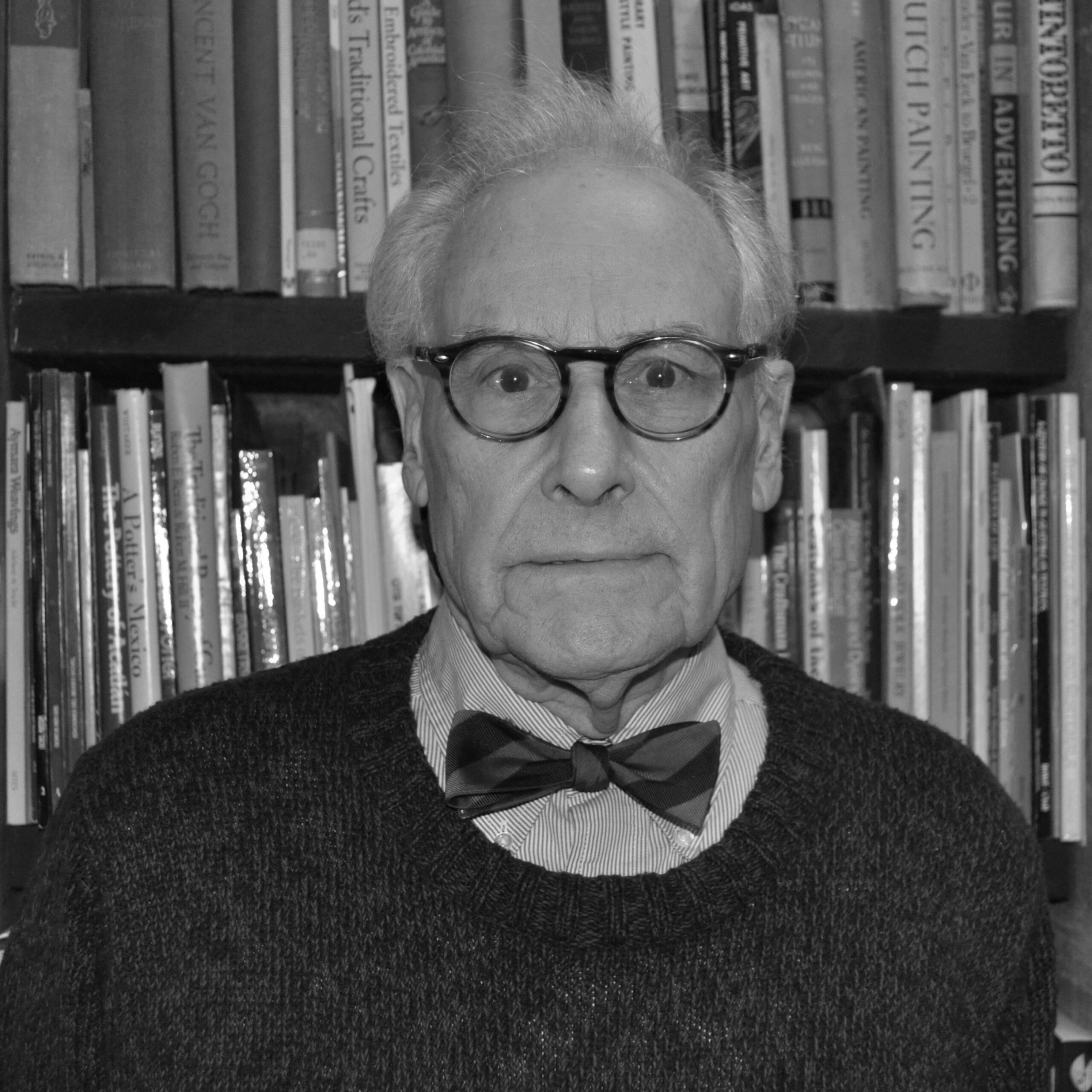About
Helping create equitable cities through inclusive design.
303 Bond Street
Brooklyn, NY 11232
212 924 7000
Drop us a line: vai@vanalen.org
Press inquiries: press@vanalen.org
Hi! We’re Van Alen Institute.
We’re named after William Van Alen, the Brooklyn-born architect of the Chrysler Building. Founded in 1894, we spent more than a century providing free design education to architects in NYC and across the US.
Today, we make it easier for communities to shape the places where they live. To achieve this, we create projects that connect residents, architects, and city leaders. From short-term public installations to long-term city planning, our work builds trust and fosters lasting relationships. Watch what that looks like in action:
Our Mission
Van Alen Institute helps create equitable cities through community-led inclusive design. In an equitable city, communities are engaged in the conception and creation of their built environment, regardless of income or personal circumstances. Community-driven decision-making builds resilience, social infrastructure, and ultimately, more just cities.
We partner with leaders of historically disinvested communities to support their immediate needs and long term visions with our network, knowledge, and resources. We shape diverse interdisciplinary teams, build cross-sector public/private coalitions, and invest our own funds to support neighborhood priorities. By centering community in everything we do, our inclusive design method responds to the urgent need for social justice in citymaking.
For 130 years, our purposeful community engagement, convening capacity, and global network have produced profound transformations in the public realm of New York City and beyond. With an interdisciplinary approach to design, the Van Alen team has backgrounds in architecture, arts and culture, community organizing, preservation, and public policy.
Our Method
Connect
Our work always begins by connecting with a community partner. As city administrations come and go, local organizations provide consistent leadership in their neighborhoods. They have the deep on-the-ground experience, relationships, and long-term vision necessary to advocate for their communities’ future. Although our partners’ tactics and programs vary, their end goals are remarkably similar: connect people within their neighborhoods, strengthen social ties, and build community power for a more resilient future.
In 2022, Neighborhoods Now — our pandemic response program with the Urban Design Forum — pivoted from immediate tactical support to long-term visioning, creating an opportunity to connect existing community partners with new resources. As one example, Community League of the Heights (CLOTH) had completed an outdoor dining and Open Streets plans in 2020-21, and aspired to build a more expansive vision for Washington Heights’ public realm — a first step to securing investment. To meet their evolving needs, we matched CLOTH with a new group of interdisciplinary design professionals from Beyer Blinder Belle, BJH Advisors, Cause + Matter Design Studio, and HLW. Together they completed a comprehensive needs assessment of local businesses, which recommended a unified neighborhood brand to strengthen the commercial community, including concepts for retail displays, streetscape elements, outdoor furniture, and public space installations. Those recommendations have become an important tool for CLOTH in seeking investment to strengthen its small business community.
Engage
Community engagement is a poorly defined activity in citymaking, and frequently takes the form of a few perfunctory meetings with residents and community members. They may be asked to react to an existing design or idea — one they may have had no role in shaping, let alone leading — with little opportunity to meaningfully influence a project’s priorities and outcomes. For Van Alen, engagement itself is an important outcome, because relationships amongst community-based collaborators are critical to the long-term sustainability of any initiative.
For Lucid Project: Albany, our community-led redesign of a long-neglected public alley, engagement is a multiyear mode of working. Our collaborator, design studio The Urban Conga, didn’t put pencil to paper until they’d participated in months of listening sessions. The result is The Hive, a reflection of how local residents describe the space as a community hub, buzzing with locally led activities. The installation incorporates transparent panels that will host community artwork, as well as memorials to neighbors lost; all ideas came directly from residents.
Co-create
Building on their experience in our 2021 Neighborhood Design Fellowship, two Gowanus residents are designing GLOwanus, a light installation that alerts the community when CSO (combined sewer overflow) occurs, so residents can act to limit water use and decrease the waste running into the canal. The prototype currently lives in Van Alen’s storefront windows, paired with a playful information display about the issue. Educational groups, including classes from local public elementary schools and CUNY’s urban design program, have used the window as a teaching tool and dropped in to ask questions.
This work takes place against the backdrop of Gowanus’ recent rezoning, which will bring around 20,000 new residents despite the fact that local water management systems are already past capacity. In 2023, the Neighborhood Design Fellows are hosting a series of community workshops supported by Van Alen to educate residents about CSO and gather ideas for the final light design, which will be fabricated and distributed to homes and commercial storefronts across Gowanus.
Build Trust
Van Alen moved to Gowanus in 2020 understanding that work at the community level must begin with our own community. We’re proud to have built trusting friendships with many nonprofits and community hubs in the neighborhood, including NYCHA’s Gowanus Houses just a couple blocks away.
Closed for nearly 20 years, the Gowanus Houses Community Center hosted essential resident-led activities like day care and senior programs, which have been forced to move or shut down — a profound loss to the Gowanus Houses community. The center is finally slated for renovation by NYC’s Department of Design and Construction. In preparation, we’ve partnered with the Gowanus Houses Tenants Association to spread word of the reopening and build excitement about how the renovated Community Center could best serve the community.
While the center needs physical renovation, our partners have told us that capturing its history is equally important. Under their direction, and with support from designers and storytellers in our network, we’re creating photography and oral history projects to help the Tenants Association illustrate the center’s important role in Gowanus life. Making those stories visible to city leadership will be an important tool for residents in advocating for more resources going forward.
Tell Stories
In a first for Van Alen, in 2022 filmmaker Kate Levy documented the human beauty and city-making strategies of Neighborhoods Now. As part of our goal to connect communities with resources needed to realize their own visions, Kate’s work had a dual purpose: document the power of Neighborhoods Now’s collaborative model and provide community partners with effective tools for communication with all their stakeholders. In addition to creating short documentaries featuring the work of each community partner, she produced social media-friendly clips highlighting their accomplishments and the talented local leaders, small businesses owners, and artists in their neighborhoods.
Storytelling in public space brings those spaces to life. For our second design installation with the Downtown Brooklyn Partnership, Soft-Firm’s installation Drive-Thru transformed The Plaza at 300 Ashland into a platform for neighborhood voices. Throughout Spring 2022, the installation featured short films that explore themes of urban life — such as Olalekan Jeyifous’s The Frozen Neighborhoods (Fly-through), which imagines the potential of community-led innovation to create a sustainable and self-contained world in Brooklyn.
Build Capacity
As Neighborhoods Now pivoted from crisis response to long-term visioning, pilot programs became annual community traditions. Now operating every summer, Think!Chinatown’s Chinatown Night Market brings together residents, food vendors, artists, and performers in a dazzling celebration of resilience and joy. Similarly, Bed-Stuy Gateway BID’s Winter Wonderland has become one of the city’s biggest annual holiday markets and a highly visible showcase for Bed-Stuy’s many locally-owned small businesses. And on the Lower East Side, FABnyc put their 20-year vision plan into action, bringing more than 90 free arts and culture events to the neighborhood’s public spaces.
These Neighborhoods Now partners leveraged these pilot programs and related video assets, created with our support, to attract new investment, extending their impact and longevity. Public realm activations are an important tool for building community cohesion and commercial visibility, as are needs assessments, new graphic identities, and public space design concepts. In the end, we aim to help partners build capacity for self-advocacy to attract neighborhood scale investment that achieves their long term visions.
Evaluate
In Spring 2021, Think!Chinatown’s first Chinatown Night Market attracted about 1000 visitors. In 2022, the market’s audience expanded 10x over, welcoming a whopping 10,000 visitors to the final market of the season.
We know this thanks to a partnership with Gehl Studios, whose Public Life app enables evaluation of how public spaces invite different types of activities, people, modes of transit, and more. Thanks to this ongoing collaboration, we’re now able to track and evaluate the impact of our work, whether at Van Alen’s annual Block Party in Gowanus, the Bed-Stuy Gateway BID’s annual Winter Wonderland, or at our design installations in Downtown Brooklyn.
In 2023, we’re expanding these efforts with a new Placemaking Evaluation Fellowship. This cohort takes on data collection across all public space projects, and produces visual reports on how these spaces currently serve communities and how they can be more inclusive. This raw data and reports will be shared with community partners as a resource for their programming and fundraising efforts.
Our Team
Staff
Diana Araujo
Associate Director of Programs
Andrew Brown
Director of Programs
Shiloah Coley
Programs Associate
Pratik Dubey
Strategic Partnerships Associate
Annie Ferreira
Strategic Partnerships Manager
Anthony Gomez
Operations Manager
Scott Kelly
Communications and Graphic Design Associate
Alisha Kim Levin
Director of Communications
Deborah Marton
Executive Director
Kate Overbeck
Director of Strategic Partnerships
Ren Reese
Chief Financial Officer
Board
Carla Swickerath
Partner, Studio Libeskind
Jared Della Valle
CEO & Founder, Alloy
Jenn Gustetic
Innovation and Technology Executive
Hana Kassem
Principal, KPF
Raymond Quinn
Principal, Arup
Michael Bednark
CEO, Bednark Studio Inc.
Robert Bernstein
Partner, Holland & Knight
Mark Gardner
Principal, Jaklitsch / Gardner Architects
Mark Johnson
President, Civitas
Casey Jones
Director of Civic Projects, Perkins&Will
Latoya Kamdang
Director of Operations, Ennead Architects
May Lee
Vice President and Chief Strategy Officer for Institutional Impact,
Rensselaer Polytechnic Institute
Nnenna Lynch
Founder, Xylem Projects
Daniel Maldonado
DPR Construction
V. Mitch McEwen
Principal, Atelier Office
Katie Swenson
Senior Principal, MASS Design Group
Carol E. Rosenthal
Partner, Real Estate, Fried Frank
Kia Weatherspoon
Founder, Determined by Design
Allison Freedman Weisberg
Principal, Round Peg
Byron Bell
Byron Bell Architects & Planners
Our History
1894 – 1955
Society for Beaux-Arts Architecture
We started with a commitment to accessible design education, founded in the aesthetics of the Beaux-Arts era.
1956 – 1995
National Institute for Architectural Education
Over time, we expanded beyond a particular style, and came to understand the power of design professionals to do good in the world.
1996 – 2019
Van Alen Institute: Projects in Public Places
With a belief that design can transform cities, landscapes, and regions to improve people’s lives, we developed research, public programs, and design competitions.
2020 – present
Van Alen Institute, today
We help create equitable cities through inclusive design. Community-driven decision-making builds resilience, social infrastructure, and more just cities.
